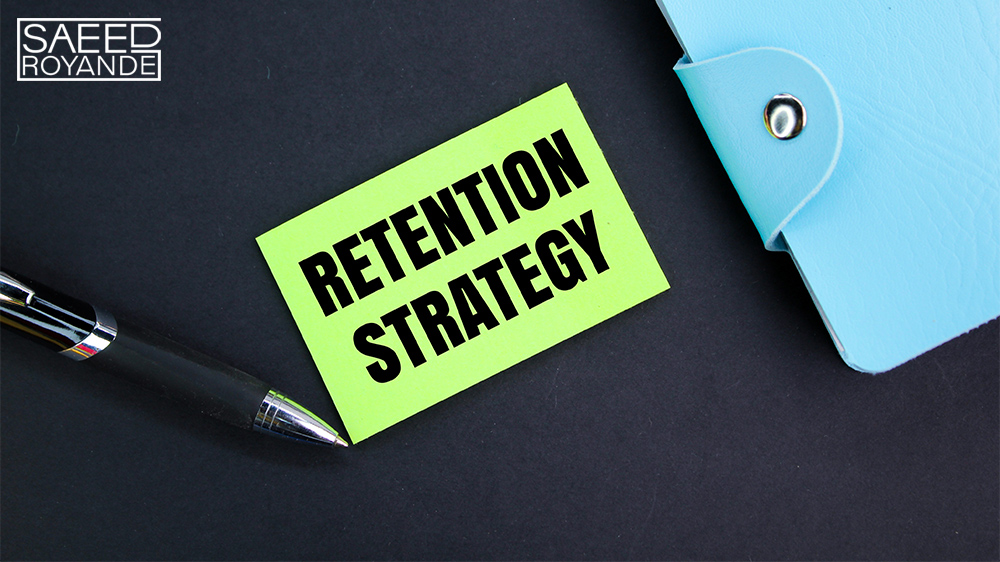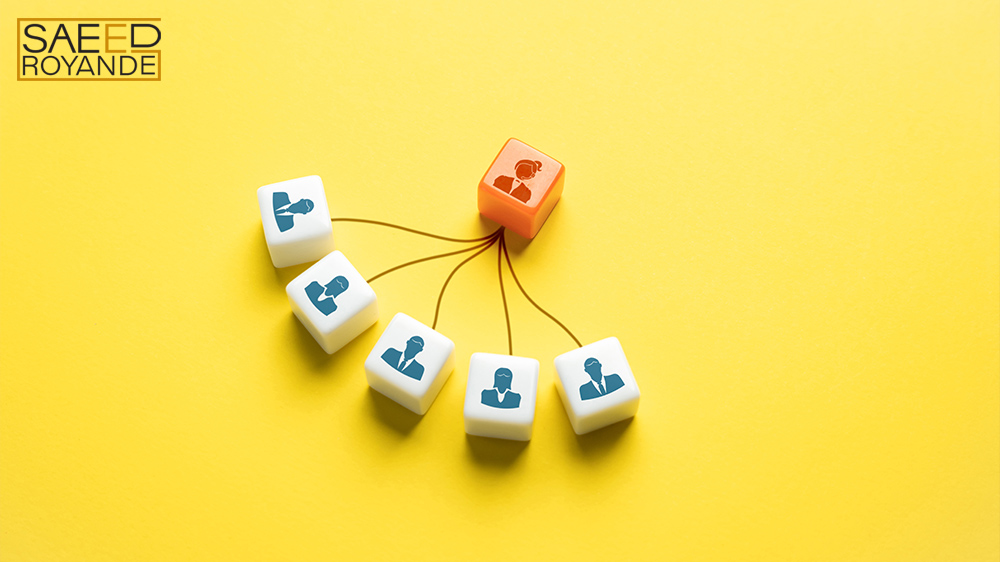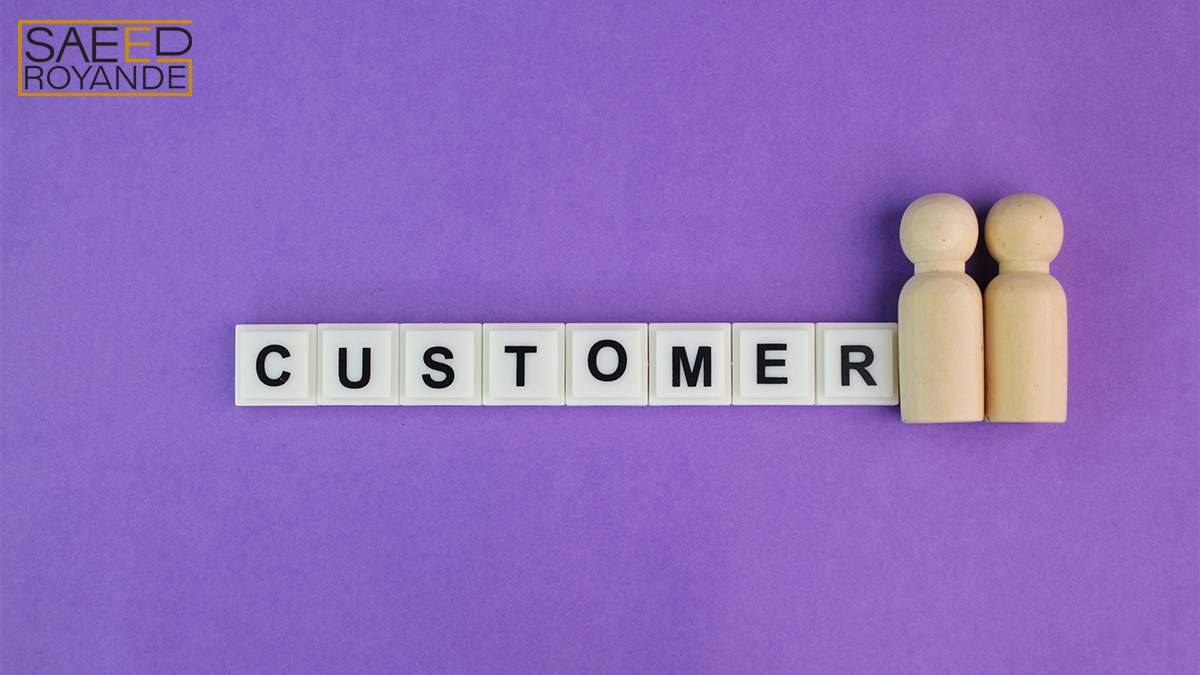The term “customer retention” refers to a company’s capacity to keep its clientele for an extended length of time. It’s a major determinant of return business and happy customers. Bain & Company found that for every 5% improvement in client retention, an organization might see a 25%-95% rise in earnings. In today’s competitive and ever-changing market, however, many companies struggle to keep their clients interested and loyal.
Why Customer Retention is Important?
There are lots of factors at play that make customer retention crucial. Customer retention has many positive effects, including:
- Customer retention is more cost-effective than client acquisition. An article in the Harvard Business Review claims that it can cost anywhere from $5 to $25 more to bring in a new customer than it does to keep an existing one.
- Customers who stick around are worth more money and make more purchases. According to research conducted by Adobe, repeat customers account for more than 40% of a website’s revenue despite making up only 8% of the site’s visitors overall.
- Retained consumers are more inclined to refer your business to others. One of the most trusted and efficient kinds of advertising is word-of-mouth marketing. A Nielsen survey indicated that 92% of customers trust recommendations from friends and family more than any other sort of promotion.
- Customers who stick around offer invaluable comments and suggestions. Loyal customers are more likely to provide feedback that may be used to enhance both the quality of your offerings and your customer’s overall satisfaction. They can also aid in the detection and resolution of issues before they become more serious and damaging to your reputation.
- Customers who stick around give your company more credibility and devotion. Equity in the brand refers to the perceived worth of a brand to a given target market. Awareness, fame, status, and trust all play a role. By retaining customers, you may establish a strong and favorable brand image that differentiates you from your competitors and attracts more customers.

Colored pen book and paper with the word retention
How to Measure and Improve Your Customer Retention Rate
The success of an organization in maintaining customer loyalty and satisfaction over time can be quantified by calculating its customer retention rate. To determine this, we divide the number of long-term consumers by the total number of customers and then multiply that number by 100. If a company has 100 customers at the beginning of the month and 90 customers at the end of the month, the percentage of customers that remain loyal to the company is 90% (90-0)/100 x 100. A higher customer retention rate has been linked to increased revenue, decreased expenses, stronger customer loyalty, and more word-of-mouth advertising. The retention rate of a company’s customers can be increased by many methods, such as:
- Facilitating a fun and informative onboarding experience for new consumers, so they can quickly learn to appreciate your product’s benefits.
- Providing fast wins or answers to customers’ pain points to prove the product’s efficacy and usefulness.
- Building a customer loyalty program that rewards customers for repeat purchases, referrals, reviews, or feedback to encourage them to remain loyal and satisfied.
- Creating content that educates, entertains, and inspires existing customers to keep them informed, engaged, and motivated.
- Following up with customers regularly to provide support, feedback, guidance, and a show appreciation and care.

Wooden dolls and pushpin show customer retention
5 Effective Customer Retention Strategies
Here are some examples of effective customer retention strategies you can use in your business:
- Deliver an excellent service to your clients. Ensuring your customers are happy with your products and services and have a good perception of your brand is the cornerstone of any customer retention strategy. Quality products and services, prompt and helpful service, and an intuitive interface on the company’s website or mobile app all contribute to a satisfied customer base.
- Aim to under-promise deliver, for starters. This is a means of exceeding your consumers’ expectations and making them feel valued and appreciated. Customers can be surprised and pleased with additional value, discounts, or services that were not promised. Because of this, client retention and advocacy may improve.
- Recognize and appreciate dedicated customers. This is a strategy for encouraging repeat business and retaining current clients. Customers who buy from you often should be rewarded, and this can be done through loyalty programs, points, vouchers, freebies, and discounts. Customers will appreciate feeling appreciated, and this can lead to repeat business.
- Make use of your information to tailor your visit. This method allows you to better meet the specific wants and desires of your target market. Segmenting clients based on their actions, demographics, or reviews allows you to provide them with relevant communications, offers, and recommendations that are tailored to their specific interests. When consumers feel heard and cared for, it can boost both engagement and retention.
- Ask for comments. This is a means of listening to your customers and learning from them. You can get customer input by conducting surveys, polls, or reviews and asking for customers’ comments, ideas, or product ratings. You may learn where you’re succeeding and where you’re falling short, make changes to better serve your consumers, and demonstrate your dedication to their happiness and loyalty.

Inbound marketing lead magnet customer attraction
Real-Life Examples of Entrepreneurs Using Customer Retention Strategies
Here are some examples of entrepreneurs and business owners who successfully used techniques to retain their existing clientele. Here are just a few examples:
Netflix
Netflix is a well-liked video-on-demand service that provides an extensive library of films, TV series, documentaries, and original productions. Among Netflix’s many methods for keeping customers around are offering a satisfying experience, tailoring that experience to the individual, and rewarding repeat business. As an illustration, Netflix offers a simple UI, top-notch video streaming, and prompt help desk responses. Netflix additionally tailors each user’s experience by making recommendations based on their likes, dislikes, and past activity. Netflix has many subscription plans, price reductions, and free trials available to its devoted customers.
Starbucks
Starbucks is a multinational coffeehouse chain that also serves meals and sells various items. Starbucks employs several techniques for keeping its customers coming back, including establishing rapport with them and asking for their input through a feedback loop. Customers have faith in Starbucks because the company implements ethical sourcing practices, donates to good causes, and consistently delivers high-quality goods and services. Starbucks also uses customer reviews, polls, and surveys, in addition to social media interaction, to elicit input from its clientele. The coffee shop chain also uses a customer feedback loop by taking suggestions for improvement and sharing the results with its clientele.
Amazon
Amazon is a massive online retailer that offers a wide range of physical goods, virtual services, and content. Amazon employs several customer retention methods, including “under-promising and over-delivering,” the use of consumer data to tailor the shopping experience, and the provision of differentiated products and support. Amazon is a good example of a company that “under-promises and over-delivers,” as it offers both free and quick shipping, hassle-free returns, and extensive guarantees. Amazon also leverages data to personalize the experience by segmenting consumers based on their behavior, demographics, and reviews, and giving them relevant and timely messages, offers, and suggestions. Amazon also offers unique services, such as Amazon Prime, Amazon Music, Amazon Kindle, and Amazon Alexa, that provide value and convenience to customers.

Eefferrals to retention customer
How to Calculate Your Customer Retention Rate
The rate at which a company’s customers remain committed to it over time is known as the customer retention rate. Commonly, this metric is stated as a share of the total number of clients as of the period’s beginning. If a company has a high customer retention rate, it’s because its clients are pleased with the service they’ve received and have no plans to switch to a rival. Dissatisfied or apathetic clients are more likely to abandon a business with a poor customer retention rate. Here are the procedures you need to take to determine your client retention rate:
- Choose a period that you wish to measure, such as a month, a quarter, or a year.
Determine your client base size at the beginning of the period. The current S of your clientele.
- Determine the number of active customers as of the fiscal year’s close. Your whole customer base (E) is represented here.
- Determine how many new clients you signed up during the time frame. Your new N customers are listed above.
- Take the number of existing customers and subtract the number of new customers. This will tell you how many people used your services across the entire time frame (E – N).
- Calculate this percentage by dividing the number of repeat customers by the total number of clients. The percentage of repeat buyers is simply (E – N) / S.
- To find the percentage, multiply the ratio by 100. Your CRR (customer retention rate) is at this rate.

Personal support agent customer and user support
The equation for the rate of client retention is:
CRR = 100 / (E – N) / S
Let’s pretend you’re interested in your customer retention rate in September of 2023. At the beginning of the month (S), you had 100 customers, by the end of the month (E), you had 120 clients, and during the month (N), you gained 30 new customers. Your client retention rate can be determined using the following formula:
This means that in September 2023, you retained 90% of your clients. The remaining 10% either never subscribed or stopped paying.


